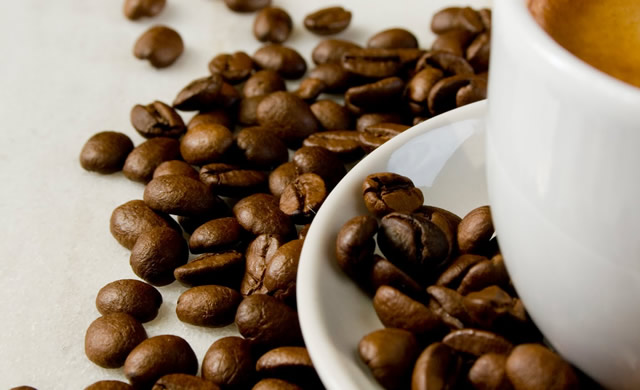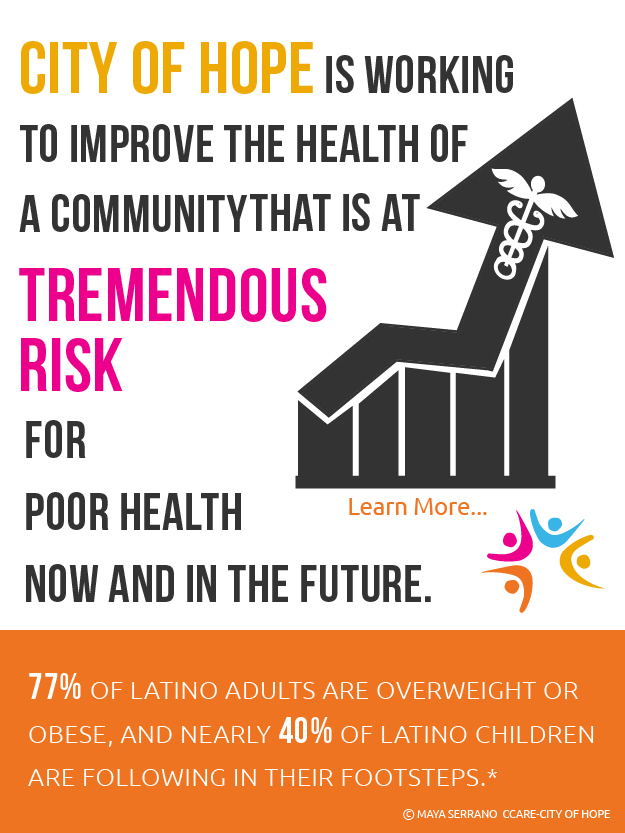
A Latin Brew – Flavors from the Coffee Lands
11/29/2013 10:15AM | 9171 viewsWorld leaders in coffee production include Brazil, Colombia, Honduras, Peru, Mexico, and Guatemala. In fact, the United States imports nearly 40% of its coffee beans from Brazil and Colombia alone. This year, the National Coffee Association’s market research showed that coffee consumption is stronger among Hispanic Americans, with 74 percent drinking coffee daily. So Latinos love their coffee-- but is there more to learn about it? Let’s take a look.
The Pros
Flavor and Aroma
- With over 800 aroma compounds, the flavor of coffee is richly complex!
- Coffee gives a wide range of aroma notes: earthy, nutty, roasty, smoky, spicy, buttery, cinnamon-like, fruity, flowery.
- The two main types of coffee are arabica beans and robusta beans.
- A more balanced flavor is often attributed to arabica beans, which have more oils and sugars, though the debate continues among coffee lovers.
Antioxidants
- Coffee is a top source of antioxidants in the American diet, because it is so widely consumed.
- Both caffeinated and decaf options, especially the medium or medium dark roasts, offer similar benefits.
- Phenolic acids and flavonoids in coffee offer some protection against cell damage associated with developing diabetes, osteoporosis, Parkinson’s disease, and cancer.
- Some studies have associated coffee with lower rates of colon, breast, and rectal cancers.
- Tip: Coffee is not a substitute for the more antioxidant-rich fruits and vegetables, because it does not contain a complete bundle of nutritional benefits from antioxidants plus vitamins, minerals, and fiber.
Caffeine
- Stimulates the central nervous system to relieve drowsiness and fatigue.
- Improves cognition and reaction times in the short-term.
- Improves energy production in muscles.
- Tip: Robusta coffee has almost twice as much caffeine as arabica coffee. Other sources of caffeine include tea, cola, energy drinks, and chocolate.
The Cons
Caffeine
- Can make some people anxious and irritable.
- Can trigger headaches and migraines.
- Causes abnormal heart rhythms in some people.
- May interfere with a good night’s sleep, even if you drink your last cup as early as six hours before bedtime.
- Health note: Limit caffeine intake during pregnancy and nursing. During pregnancy, caffeine affects the baby by decreasing blood flow through the placenta. During breastfeeding, babies of mothers who drink more than 2 to 3 cups of coffee a day may become irritable and have trouble sleeping, according to the American Academy of Pediatrics.
Cafestol
- Some studies show cafestol can raise blood cholesterol levels.
- Tip: Levels depend on the brewing method. Middle Eastern boiled coffee, French press, and Italian espresso have higher levels than coffee brewed with a percolator or paper filters.
Now let’s turn to some popular Latin coffee drinks.
Café de Olla. This sweet “pot coffee” is traditional in Mexico. Prepared in a clay pot, this dark roast is sweetened with piloncillo brown sugar and spiced with cinnamon and optional cloves.
Cafezinho. The traditional “little coffee” is the way Brazilians enjoy their coffee. Picture a small cup of strong, sweet espresso.
Café con Pisco. This Peruvian coffee is enjoyed with a touch of pisco, a grape brandy. Brewed in the moka method, this coffee is a long brew with a full and bitter flavor.
Café con Jengibre. This Colombian coffee is a sweet, aromatic brew made with ginger, honey, and optional cream.
Café Cubano. The Cuban version of an Italian espresso, this coffee is sweetened with demerara sugar, a natural brown sugar, as it brews.
Thousands of studies have examined the impact of coffee on health without providing definite answers. For most people, a moderate intake of 2 to 3 cups of coffee a day may be on the safe side. As most other foods and beverages, coffee affects everyone differently, so make the decision that is right for you.
Sources:
International
Coffee Organization (www.ico.org)
U.S. Department of
Agriculture (www.fas.usda.gov)
National Coffee
Association, USA (www.ncausa.org)
Harold McGee, On Food and Cooking: the Science and Lore of the Kitchen.
Pandey KB. Oxidative Medicine and Cellular Longevity, 2009.
The Harvard Medical
School Family Health Guide (www.health.harvard.edu)












Post your Comment
Please login or sign up to comment
Comments